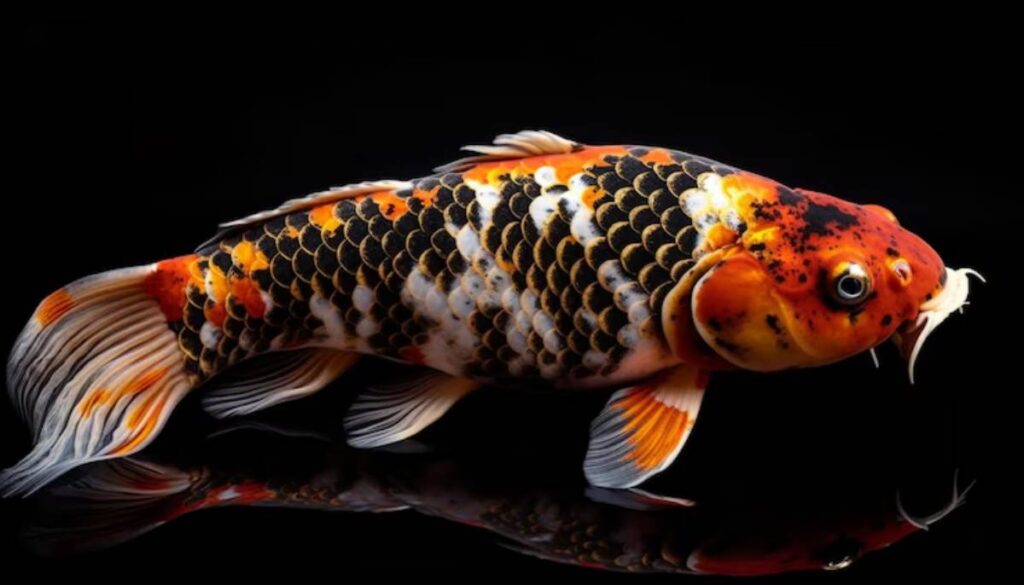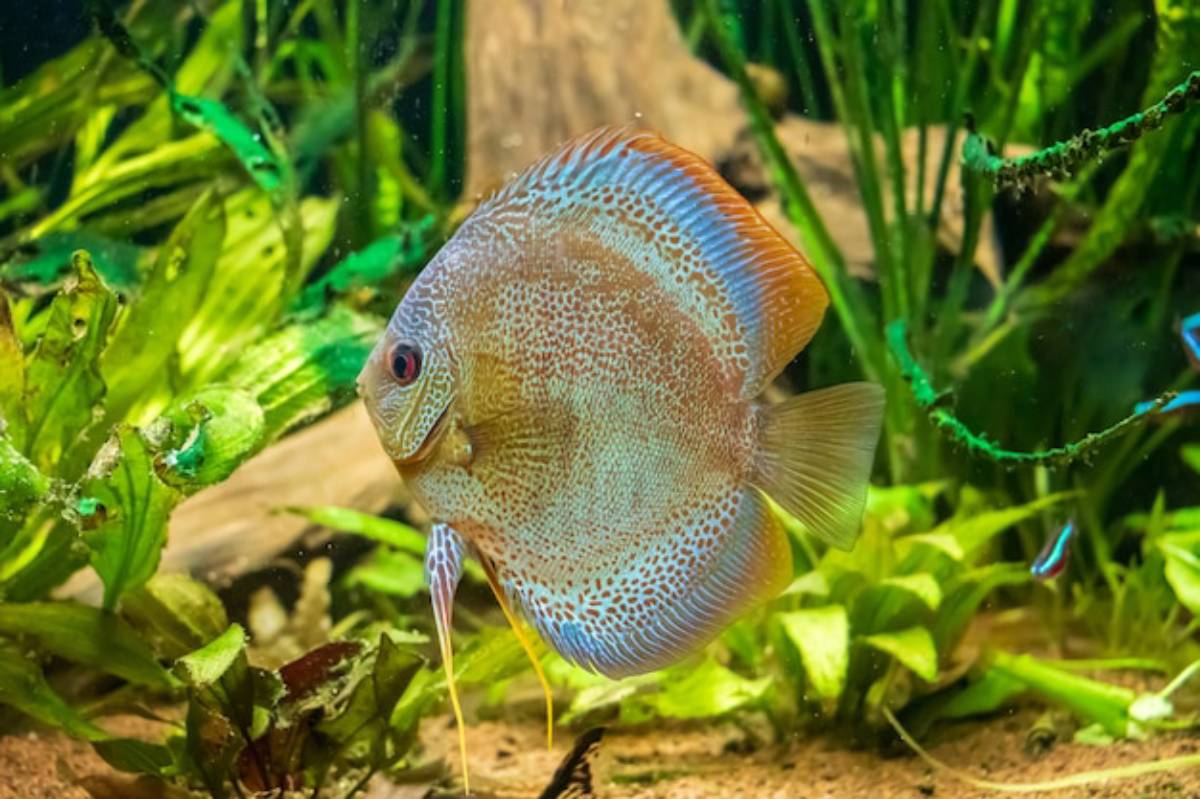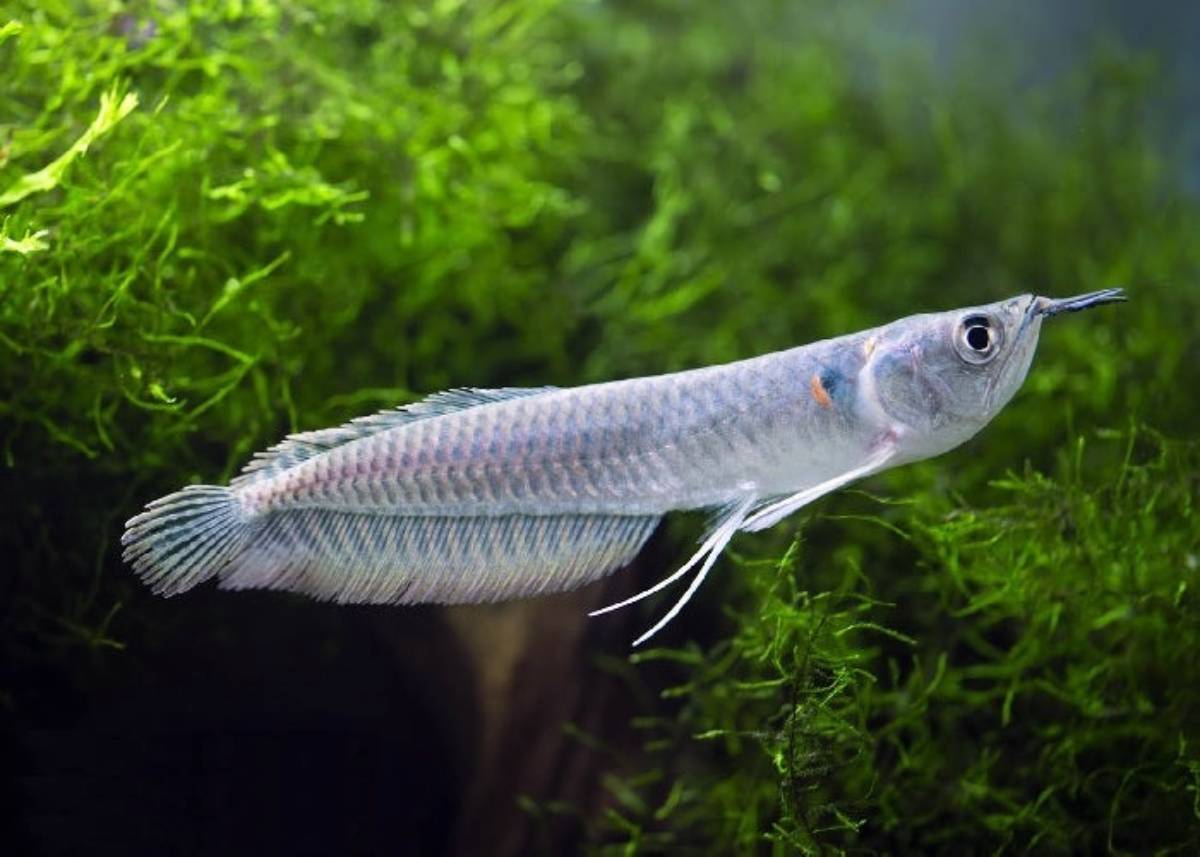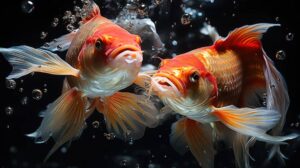The Pets Care Blog

Avoid These Fish as a Beginner Aquarist
Starting your first aquarium is an exciting step into a beautifully calming hobby. Watching your fish dart through bubbles and plants is pure therapy. But here’s something every beginner needs to know not all fish are beginner-friendly. Some species, while stunning or exotic, are best left to experienced aquarists.
This guide helps you spot tricky aquarium fish. It explains why they aren’t great for beginners and suggests better options. We’ll share what makes a fish high-maintenance. We’ll also explain how to set up a thriving beginner tank.
When you shop at your local aquatics center or online, knowing what to avoid can save you time, money, and stress.
Why Some Fish Are Not Suitable for Beginners
Just because a fish is beautiful or commonly sold doesn’t mean it’s easy to care for. Fish marked as “easy” by pet shops can still be surprisingly challenging.
Common challenges with high-maintenance fish:
- Sensitive to water conditions
- Prone to illness or stress
- Aggressive or territorial
- Require specific diets
- Need very large tanks or groups
Starting with these species can be frustrating. It might even make you want to quit the hobby.
What Makes a Fish High-Maintenance?
1. Water Sensitivity
Some fish can only survive within very narrow pH, temperature, or hardness ranges. A slight fluctuation and they get sick or die.
2. Aggression
Territorial behaviour can lead to injuries or even death among tank mates if the aquarist doesn’t know about compatibility.
3. Feeding Difficulties
Certain species need live food or extremely specific diets that are impractical for most beginners.
4. Tank Size Demands
A fish might look small in the shop, but it needs a 100+ gallon tank as an adult.
5. Special Equipment
Some require extra filtration, chillers, or specific lighting to mimic natural habitats.
Hack: If a fish needs more research than you’d put into a new phone, it’s probably not beginner-friendly.
10 Fish You Should Avoid as a Beginner Aquarist
Here are ten of the most common fish not recommended for beginners, including details on why they’re tricky and what to consider instead.
1. Discus Fish (Symphysodon spp.)

Why They’re Difficult:
- Extremely sensitive to water changes
- Need high temperatures (~28°C–30°C)
- Prefer soft, acidic water
- Thrive only in stable, mature tanks
Beginner-Friendly Alternative:
- Angelfish: Still elegant, but much more forgiving.
2. Oscar Fish (Astronotus ocellatus)
Why They’re Difficult:
- Grow up to 12 inches
- Extremely messy eaters
- Aggressive and territorial
- Require at least 55 gallons per fish
Beginner-Friendly Alternative:
- Convict cichlids: Hardy and easier to manage aggression-wise.
3. Moorish Idol (Zanclus cornutus)
Why They’re Difficult:
- Rarely survive in captivity
- Very specialised diet (often refuses food)
- Require huge tanks and perfect water quality
Beginner-Friendly Alternative:
- Butterflyfish (captive-bred): Better suited for marine beginners.
4. Clown Loaches (Chromobotia macracanthus)
Why They’re Difficult:
- Require large groups (5+)
- Need at least 75-100 gallons
- Prone to ich (white spot disease)
Beginner-Friendly Alternative:
- Kuhli loaches: Smaller, more manageable, and great community fish.
5. Mandarin Dragonet (Synchiropus splendidus)
Why They’re Difficult:
- Need mature reef tanks with established copepod populations
- Refuse prepared food
Beginner-Friendly Alternative:
- Royal Gramma: Colourful and reef-safe.
Related article: Top 5 Fish for First-Time Aquarists.
6. Bala Sharks (Balantiocheilos melanopterus)
Why They’re Difficult:
- Need groups of 4+ to avoid stress
- Grow up to 14 inches
- Need 150+ gallons
Beginner-Friendly Alternative:
- Rainbowfish: Schooling fish with colour and personality.
7. Freshwater Stingrays (Potamotrygon spp.)
Why They’re Difficult:
- Require huge, shallow tanks (150+ gallons)
- Sensitive to ammonia and nitrate
- Can sting humans
Beginner-Friendly Alternative:
- Bristlenose plecos: Interesting bottom dwellers and great algae eaters.
8. Chinese Algae Eaters (Gyrinocheilus aymonieri)
Why They’re Difficult:
- Become aggressive with age
- Attach to tankmates’ bodies
- Grow up to 11 inches
Beginner-Friendly Alternative:
- Otocinclus catfish: Small, peaceful, and effective algae controllers.
9. Dwarf Puffers (Carinotetraodon travancoricus)
Why They’re Difficult:
- Highly territorial despite its small size
- Often nip other fish
- Prefer species-only tanks
Beginner-Friendly Alternative:
- Guppies: Full of personality, colour, and much more peaceful.
10. Silver Arowana (Osteoglossum bicirrhosum)

Why They’re Difficult:
- Grow over 3 feet long
- Can jump out of tanks
- Need monster tanks and specialist diets
Beginner-Friendly Alternative:
- Swordtails or mollies: Active swimmers that are much more manageable.
Red Flags When Shopping for Fish
To spot high-maintenance fish in the store, keep an eye out for:
- Fish labelled as “expert only” or “challenging”
- Species that aren’t eating
- Very small tanks with large fish
- Salespeople who push exotic species without guidance
Golden rule: Don’t impulse-buy. Always research before purchase.
Tips for Selecting Beginner Fish
1. Start with Community-Friendly Species
Focus on fish known to coexist well in mixed tanks.
2. Choose Hardy Species
Look for fish that tolerate wider water parameter ranges.
3. Buy in Groups (for Schooling Fish)
Fish like tetras or danios thrive in groups of 5 or more.
4. Use Reliable Sources
Only buy from trusted aquatic stores or breeders.
Further reading: Community Tank Basics: Fish That Live Well Together.
Real-Life Story: Josh’s First Aquarium Regret
Josh, a first-time aquarist, fell in love with the vibrant look of a mandarin dragonet. He brought one home on a whim. Despite hours of YouTube research, the fish refused to eat anything offered. Within two weeks, it passed away.
“I felt awful. I didn’t know it needed live copepods, or that my tank wasn’t mature enough. Now, I always research first.”
Josh now owns a thriving community tank of guppies, corydoras, and neon tetras.
Lesson learned: Patience and planning matter more than flashy colours.
Conclusion: Smart Choices Make Happy Aquariums
Setting up your first tank should be fun and educational, not filled with stress and loss. Choosing fish that match your experience level is one of the smartest things you can do.
Steering clear of high-maintenance fish will help you enjoy your aquarium. Also, knowing which species are not for beginners is key. This way, you can create a stable setup right from the start. Over time, you’ll build confidence, learn more, and possibly start caring for expert-level species.
So, which beginner-friendly fish are you starting with? Share your tank journey in the comments, and don’t forget to share this post with other new aquarists!









